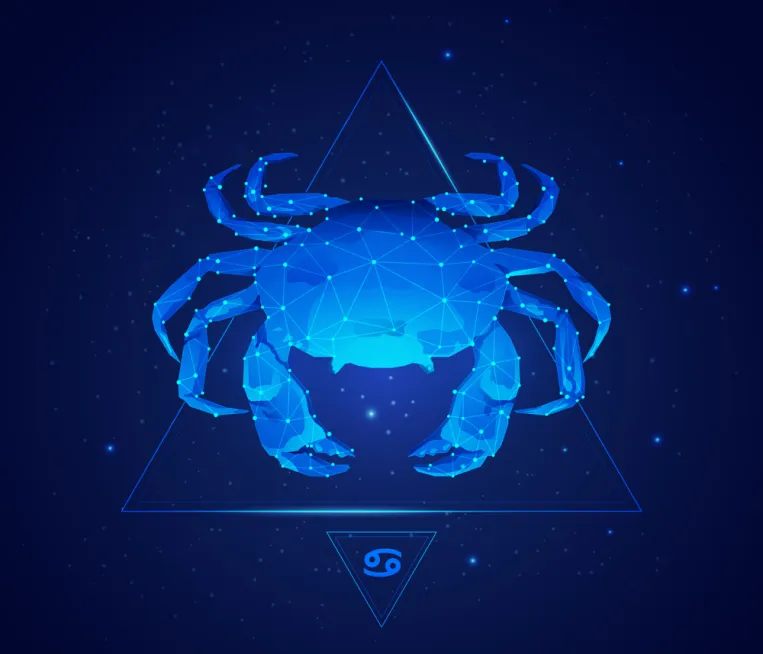The Cancer Constellation

Cancer Constellation: A Guide To The Celestial Crab
The Cancer constellation may not catch your eye at first glance due to its subtle presence, but it certainly has a captivating charm all its own. While it isn’t the brightest cluster in the night sky, its rich mythology and the delightful challenge it presents to stargazers only enhance its appeal, making it a hidden gem among the celestial bodies. Known as the celestial crab, Cancer is nestled quietly between the brighter constellations of Leo and Gemini, serving as a hidden treasure trove in the cosmos. Its story stretches from ancient mythology to significant modern roles in both astronomy and astrology, offering a beautiful reminder of the wonders hidden in plain sight for those who pause to look deeper.
Fun Facts
The Cancer constellation, named after the Latin word for crab, appears like a crab in the night sky to the naked eye. Despite its significance and visual appeal, Cancer is one of the more elusive constellations to spot from Earth, often overlooked. Its subtle presence adds to the mystique surrounding this celestial feature. Its name also marks the Tropic of Cancer, demonstrating its dual relevance in both astronomy and geography as an influential geographical line. Within this constellation lies a vibrant star cluster containing at least 1,000 members, offering a splendid sight for avid stargazers. Additionally, Cancer houses two notable stars, Asellus Borealis and Asellus Australis, known as the northern and southern donkeys, which enrich the constellation’s complex and beautiful celestial design.
An Overview
The Cancer constellation, often likened to a crab viewed from above, takes the shape of an upside-down “Y.” Despite being speckled with stars and celestial objects, its faint glow often keeps it hidden from plain sight. This mysterious cluster graces the skies in the Southern Hemisphere during the summer and late autumn seasons. In the Northern Hemisphere, it can be spotted from late autumn all the way to spring, providing a seasonal display for those willing to seek it out.
The Myth
In the ancient Greek tale of Hercules’ battle with the Hydra, Hera filled with envy, unleashed a vicious crab to hinder him. Undeterred, Hercules crushed it underfoot. As a tribute to the crab’s futile but valiant effort, Hera immortalized its form as the constellation Cancer, a celestial reminder of Hercules’ triumph and the crab’s fierce loyalty.
The Constellation
Cancer, a constellation positioned in the second quadrant of the northern sky, is surrounded by other constellations such as Leo and Gemini. Within Cancer are stars like Altarf, its brightest, and Acubens (Alpha Cancri). Additionally, it boasts Iota Cancri, a binary star, adding to its celestial importance.
Star Gifting And Naming
If you love astronomy, naming a star or gifting one through organizations offering such services can be a unique gesture. You can create a special bond with the heavens if you symbolically name a star in the Cancer constellation or give one as a gift. While the International Astronomical Union has the exclusive authority to name stars officially, you can still buy symbolic naming or ownership of a star through private services. This allows you to personalize your connection to the celestial world.


